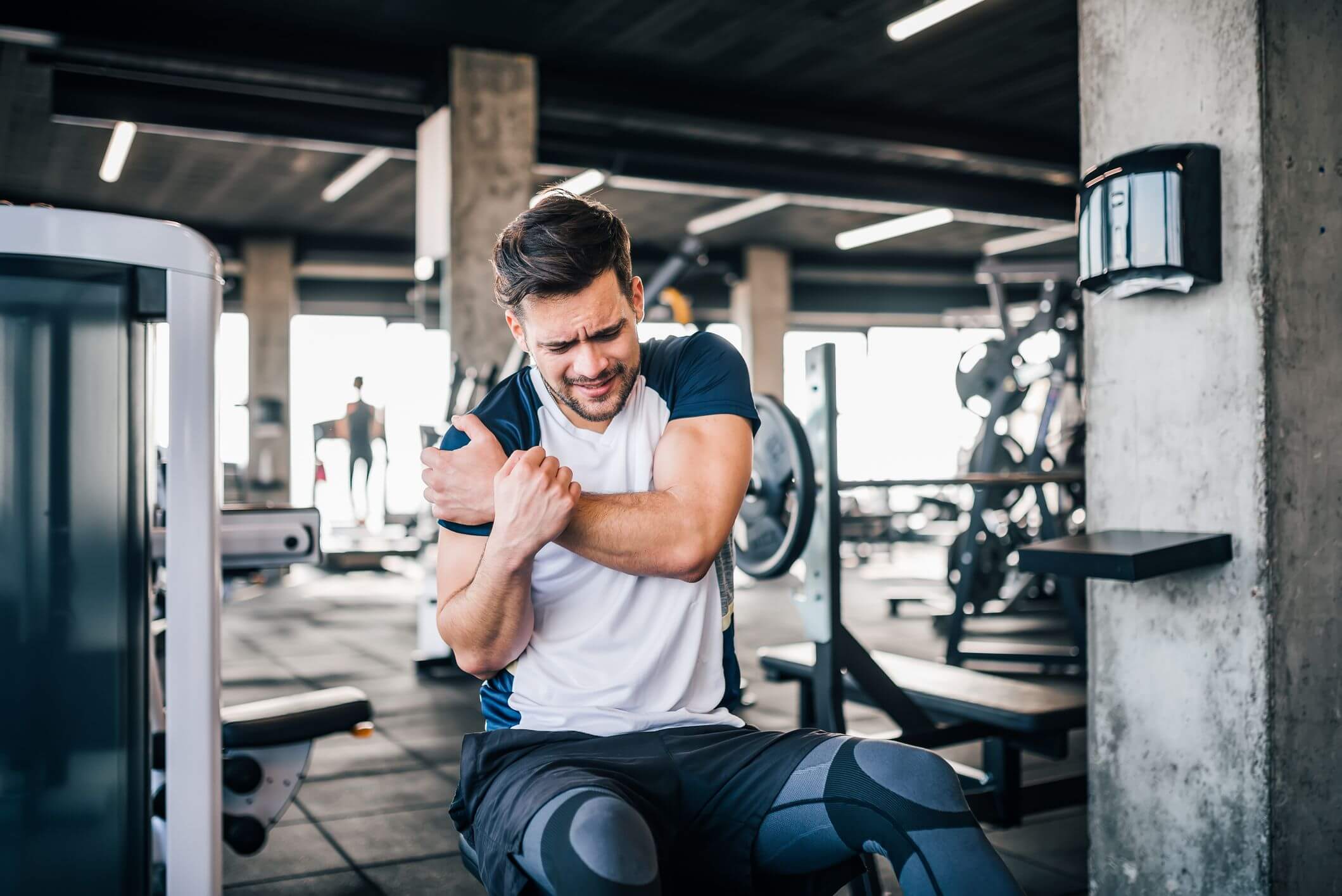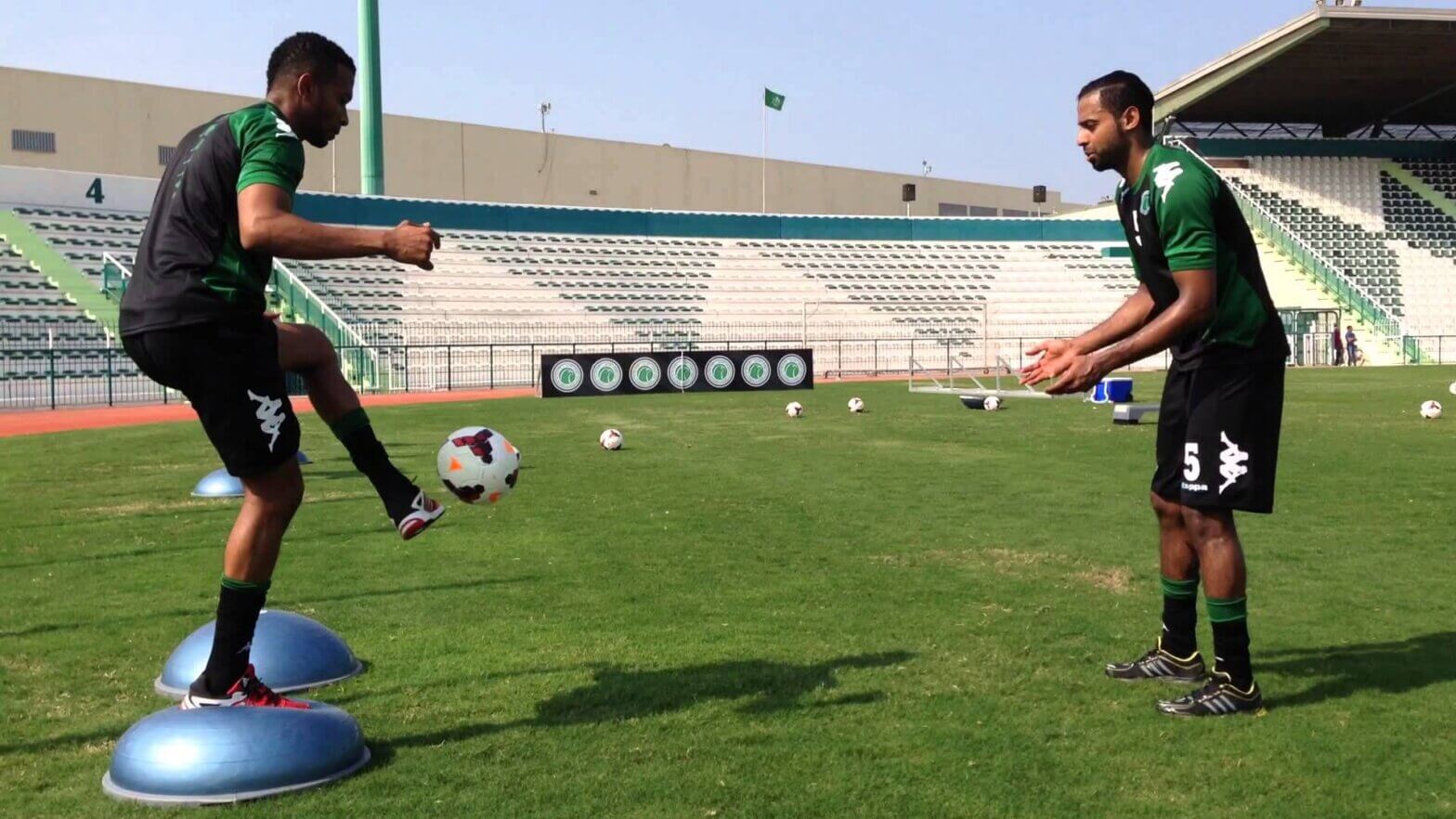Many people are familiar with the concept of keeping the shoulders “down and back” to improve their posture. But this is sometimes easier said than done. This article will identify possible causes of elevated shoulder posture and provide some simple solutions that can improve it.
Causes of Elevated Shoulder Posture
The muscles that are primarily responsible for shoulder elevation are the upper trapezius, levator scapulae, and the rhomboids. For those working at a desk or in one position for long periods throughout the day, these muscles can be overused and become tight. Understanding how to target these muscle groups using various stretching techniques is the first step in improving elevated shoulder posture.
Upper Trapezius Stretching
The upper trapezius, or upper trap, is a large muscle that spans from the base of the skull to the spine of the scapula and lateral clavicle and to the spinous processes of the thoracic vertebrae. This muscle is responsible for elevation of the shoulder, sidebending of the neck and rotation of the head. To stretch this muscle, one arm can be placed behind the back. Next, the neck should side-bend away from the side of the body in which the arm is behind the back. Lastly, the other arm can be used to place overpressure on the head to further pull the neck into a sidebending position. This stretch should be felt along the side and back of the neck and along the upper shoulder.
Levator Scapulae Stretching
This muscle is responsible for elevation of the shoulder blade. Similarly to the upper trap stretch, this can be done by placing one arm comfortably behind the back. Then, the head should be rotated away from that side. While maintaining that rotation, the chin should be lowered as far as can be tolerated. Lastly, the other arm can be used to apply overpressure to the head to place it further into a nodding position. This should feel like a stretch in the back of the neck and in the upper back.
Rhomboid Stretching
The rhomboids run diagonally downward from the spinous process of the thoracic vertebrae to the medial aspect of the shoulder blade. This muscle can be stretched by first clasping the hands together with the arms extended forward. The hands can then reach farther forward until a stretch is felt in the upper back.
Making Long-Term Changes
In order to improve posture in the long term, stretching alone may not be sufficient. Typically, weakness of one or more muscle groups will contribute to postural issues. A physical therapist can work with you to identify which muscles are weak and then prescribe specific exercises to address any deficits.
If you suffer from poor posture or pain and stiffness in the upper back, physical therapy can help. Call Respire Physical Therapy at 703-671-1871 or click here to schedule an appointment with one of our Physical Therapists to identify your deficits and get on the path to being pain-free!
Tags: health blog, physical therapist, health and wellness, choosept, Pain & Inflammation, Physical Therapy, fallschurchva, Respire Physical Therapy, ptworks, Shoulder Pain



